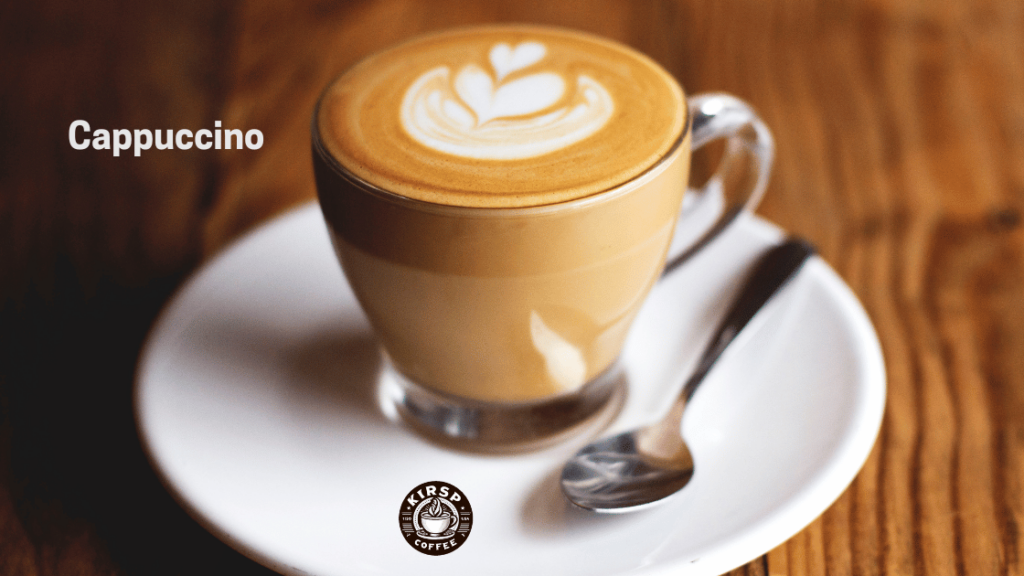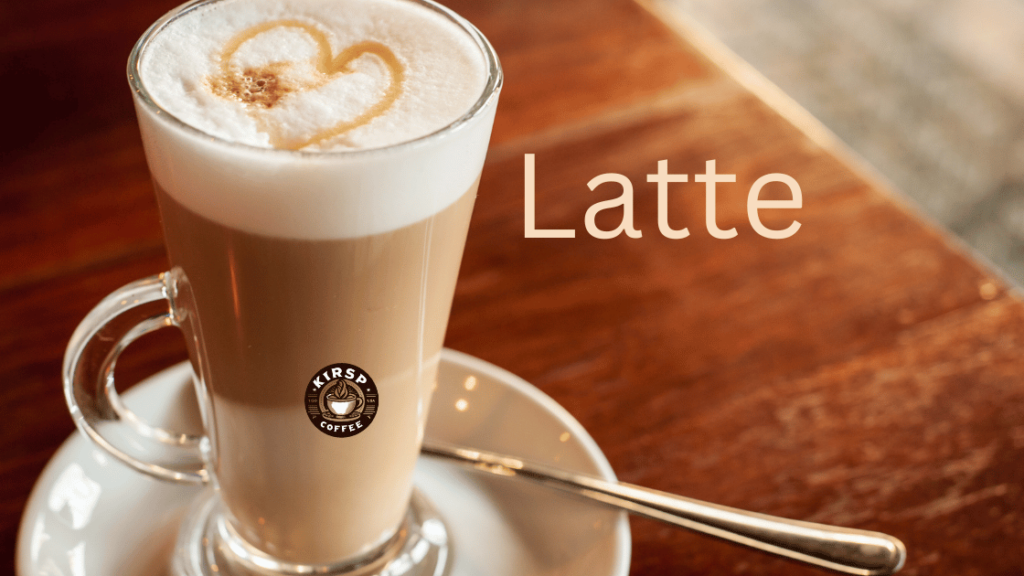Cappuccino vs. Latte: Understanding the Differences
If you’ve ever found yourself staring at a café menu wondering what the difference is between a cappuccino and a latte, you’re not alone. Both drinks are espresso-based, popular, and delicious, but they have distinct characteristics that set them apart. Let’s break down the key differences to help you make an informed choice next time you’re at your favorite coffee shop.
What is a Cappuccino?
A cappuccino is a classic Italian coffee drink that is composed of three main elements in equal parts:
- Espresso: The base of a cappuccino is a shot (or two) of espresso.
- Steamed Milk: This adds a creamy texture to the drink.
- Milk Foam: A thick layer of frothy milk foam tops off the cappuccino.

Characteristics of a Cappuccino
- Flavor: With a cappuccino, you’ll experience a strong coffee flavor complemented by the creamy texture of the steamed milk and the light, airy foam.
- Texture: The foam is a signature characteristic, providing a light and airy texture on top.
- Serving Size: Typically served in smaller sizes, around 6 ounces, to maintain the balance of espresso, milk, and foam.
What is a Latte?
A latte, short for “caffè latte,” which means “milk coffee” in Italian, is another espresso-based drink but with a different milk-to-espresso ratio:
- Espresso: The base of a latte is a shot (or two) of espresso.
- Steamed Milk: A larger amount of steamed milk compared to a cappuccino.
- Light Foam: A thin layer of foam tops off the latte.

Characteristics of a Latte
- Flavor: The latte has a milder coffee flavor compared to a cappuccino due to the larger volume of milk, making it a smoother and creamier drink.
- Texture: The texture is creamy, with just a light touch of foam on top.
- Serving Size: Lattes are typically served in larger sizes, ranging from 8 to 12 ounces or more, emphasizing the milk component.
cappuccino latte difference
- Milk to Espresso Ratio: The cappuccino has equal parts espresso, steamed milk, and foam, while the latte has a higher proportion of steamed milk to espresso and only a small amount of foam.
- Texture and Foam: Cappuccinos have a thick layer of milk foam, whereas lattes have a minimal amount of foam, focusing more on the steamed milk.
- Strength of Coffee Flavor: Because cappuccinos have less milk, the espresso flavor is more pronounced. Lattes, with their higher milk content, offer a smoother, more subdued coffee taste.
- Serving Size: Cappuccinos are smaller and more concentrated, while lattes are larger and milkier.
Which Should You Choose?
- If You Prefer a Strong Coffee Flavor: Go for a cappuccino. The balanced mix of espresso, milk, and foam provides a robust coffee experience.
- If You Enjoy a Creamier, Milder Coffee: Opt for a latte. The higher milk content gives a smoother, creamier taste that’s perfect for those who prefer a less intense coffee flavor.
Conclusion
Both cappuccinos and lattes are delightful coffee options, each offering a unique blend of espresso and milk. Whether you prefer the boldness of a cappuccino or the smooth creaminess of a latte, understanding the differences will enhance your coffee experience and help you order with confidence. Enjoy your next cup!
By providing a clear and concise explanation of the differences between cappuccinos and lattes, this article aims to be the go-to resource for coffee lovers looking to make an informed choice.